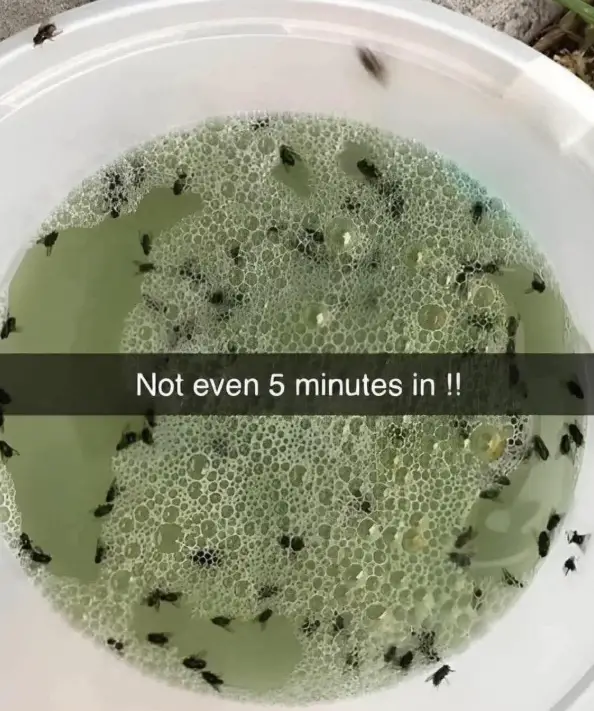
When warm weather arrives, so do the bugs. From ants marching across your kitchen counter to mosquitoes swarming your porch, pests can quickly invade your comfort. While commercial sprays are filled with chemicals, there’s a safer, natural alternative that’s easy to make and surprisingly effective.
If you’re tired of harsh ingredients and foul smells, try this homemade bug repellent made with simple household items. It keeps insects away without risking your health, your pets, or the environment.
Why Choose a Homemade Bug Repellent?
Safer for Your Health:
Many store-bought repellents contain synthetic chemicals like DEET, which can irritate skin or cause headaches, especially with frequent use. For children, pets, or those with sensitive skin, this is a concern. This natural option skips harsh additives, providing a skin-safe alternative for use around your home.
Eco-Friendly:
Sprays you use indoors or outdoors don’t just vanish—they can contaminate air, fabrics, soil, and water. Natural ingredients like vinegar, oils, and plant extracts break down easily and don’t harm wildlife or disrupt ecosystems.
Budget-Friendly and Accessible:
Most ingredients are probably already in your pantry—no specialty products or gadgets needed. It’s an affordable solution costing just pennies per batch, yet it really works.
Key Ingredients and Their Roles
White Vinegar (½ cup): Its strong scent and acidity naturally repel insects.
Olive or Vegetable Oil (½ cup): Smothers bugs and creates a slick barrier they avoid.
Shampoo (½ cup): Helps mix the ingredients and adds mild cleaning power.
Optional: Adding a splash of lemon juice provides a fresh scent and extra antibacterial effect. Essential oils like citronella, eucalyptus, peppermint, or lavender are also great natural bug deterrents.
How to Make and Use This Natural Bug Spray
Step 1: Gather Your Tools
You’ll need a mixing bowl, spoon or whisk, funnel, and a clean, empty spray bottle.
Step 2: Mix the Ingredients
In the bowl, combine ½ cup white vinegar, ½ cup olive or vegetable oil, and ½ cup shampoo. Whisk until smooth. If using lemon juice or essential oils, add them now and stir well.
Step 3: Transfer to Spray Bottle
Using the funnel, pour the mixture into your spray bottle. Leave some space at the top for shaking.
Step 4: Apply to Problem Areas
Spray on windowsills, door frames, trash cans (inside and out), baseboards, outdoor furniture, and kitchen or bathroom corners. Avoid spraying directly on delicate fabrics or wood without testing a small hidden area first.
Tips for Best Results
Reapply regularly: Bugs are most active early morning and dusk. Daily applications in problem areas keep them away consistently.
Shake before use: Oil and vinegar separate naturally, so shake well before each spray.
Spot-test surfaces: Especially on wood, painted areas, or upholstery to avoid damage.
Wear gloves if sensitive: Though gentle, those with sensitive skin may prefer gloves when handling the spray.
Why This Works
Vinegar’s acidity and smell deter many insects. Oil suffocates small bugs and creates a slippery barrier ants and roaches avoid. Shampoo bonds these ingredients together and helps clean surfaces as you spray. Together, they form a safe, effective repellent without harmful chemicals.
A Solution Rooted in Simplicity
Before chemical repellents filled store shelves, people used natural remedies like this one—and they worked. Today, as more families seek to reduce chemical exposure and protect the environment, returning to these tried-and-true methods makes perfect sense.
Next time you spot ants or hear mosquitoes buzzing, skip the harsh sprays and try this homemade repellent. It’s natural, affordable, and it works.




